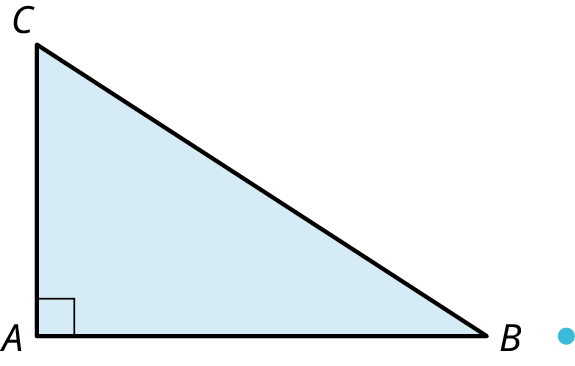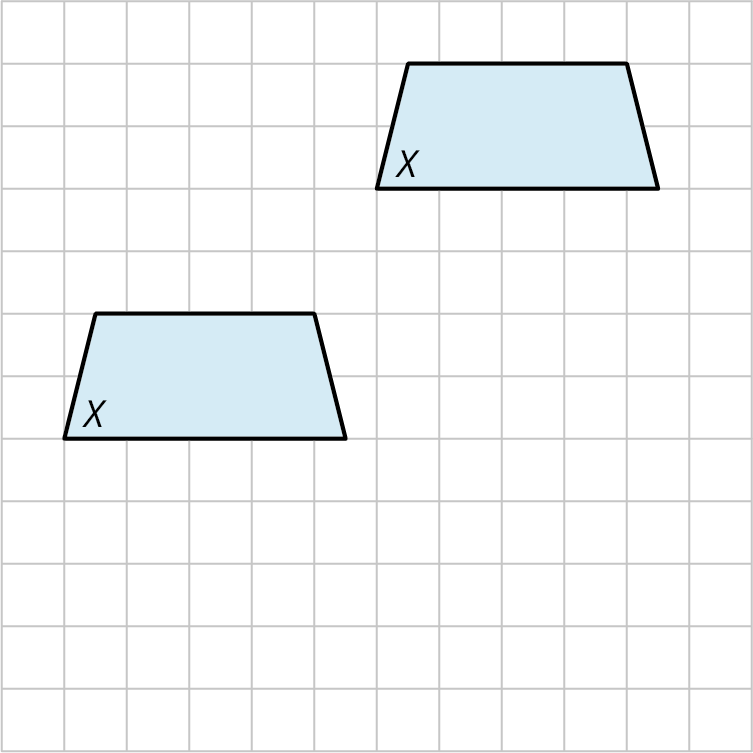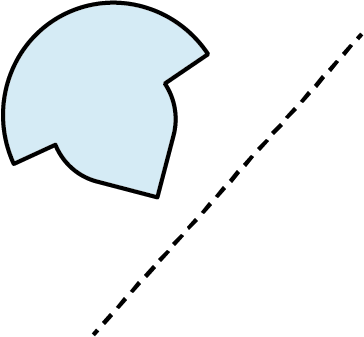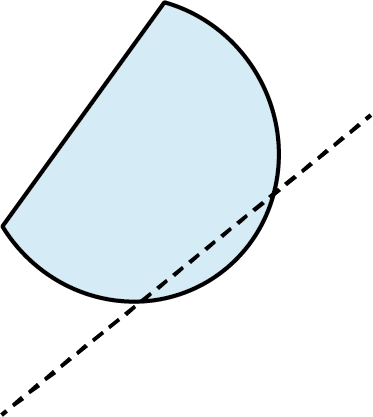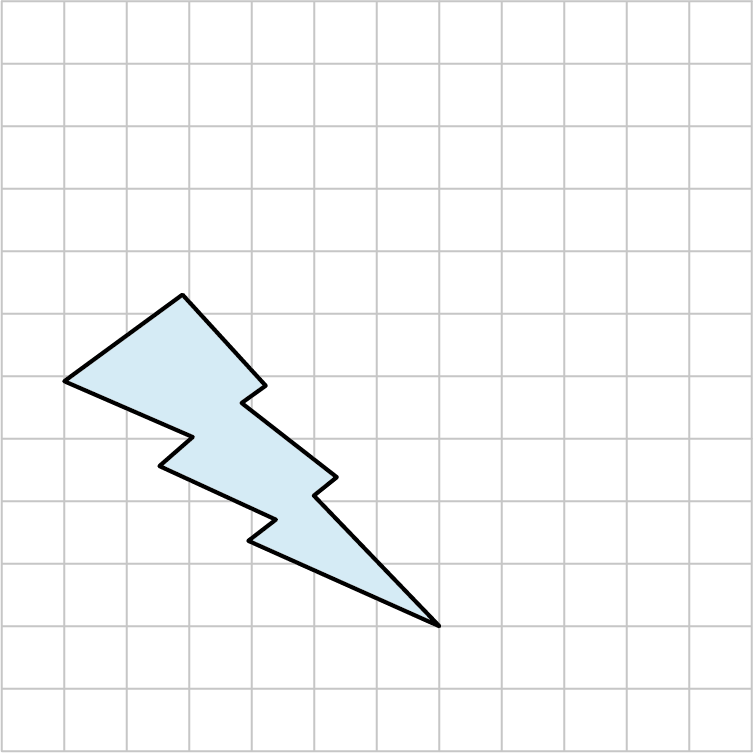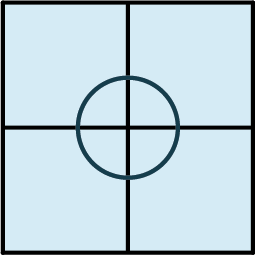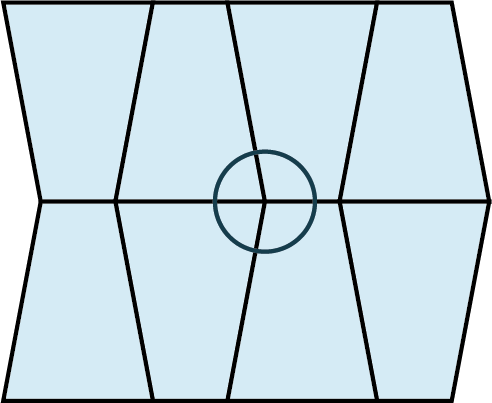10.6: Tessellations
- Page ID
- 129644
Learning Objectives
After completing this section, you should be able to:
- Apply translations, rotations, and reflections.
- Determine if a shape tessellates.
The illustration shown above (Figure 10.101) is an unusual pattern called a Penrose tiling. Notice that there are two types of shapes used throughout the pattern: smaller green parallelograms and larger blue parallelograms. What's interesting about this design is that although it uses only two shapes over and over, there is no repeating pattern.
In this section, we will focus on patterns that do repeat. Repeated patterns are found in architecture, fabric, floor tiles, wall patterns, rug patterns, and many unexpected places as well. It may be a simple hexagon-shaped floor tile, or a complex pattern composed of several different motifs. These two-dimensional designs are called regular (or periodic) tessellations. There are countless designs that may be classified as regular tessellations, and they all have one thing in common—their patterns repeat and cover the plane.
We will explore how tessellations are created and experiment with making some of our own as well. The topic of tessellations belongs to a field in mathematics called transformational geometry, which is a study of the ways objects can be moved while retaining the same shape and size. These movements are termed rigid motions and symmetries.
Who Knew?
M. C. Escher
A good place to start the study of tessellations is with the work of M. C. Escher. The Dutch graphic artist was famous for the dimensional illusions he created in his woodcuts and lithographs, and that theme is carried out in many of his tessellations as well. Escher became obsessed with the idea of the “regular division of the plane.” He sought ways to divide the plane with shapes that would fit snugly next to each other with no gaps or overlaps, represent beautiful patterns, and could be repeated infinitely to fill the plane. He experimented with practically every geometric shape imaginable and found the ones that would produce a regular division of the plane. The idea is similar to dividing a number by one of its factors. When a number divides another number evenly, there are no remainders, like there are no gaps when a shape divides or fills the plane.
Escher went far beyond geometric shapes, beyond triangles and polygons, beyond irregular polygons, and used other shapes like figures, faces, animals, fish, and practically any type of object to achieve his goal; and he did achieve it, beautifully, and left it for the ages to appreciate.
Video
Tessellation Properties and Transformations
A regular tessellation means that the pattern is made up of congruent regular polygons, same size and shape, including some type of movement; that is, some type of transformation or symmetry. Here we consider the rigid motions of translations, rotations, reflections, or glide reflections. A plane of tessellations has the following properties:
- Patterns are repeated and fill the plane.
- There are no gaps or overlaps. Shapes must fit together perfectly. (It was Escher who determined that a proper tessellation could have no gaps and no overlaps.)
- Shapes are combined using a transformation.
- All the shapes are joined at a vertex. In other words, if you were to draw a circle around a vertex, it would include a corner of each shape touching at that vertex.
- For a tessellation of regular congruent polygons, the sum of the measures of the interior angles that meet at a vertex equals
In Figure 10.102, the tessellation is made up of squares. There are four squares meeting at a vertex. An interior angle of a square is
The movements or rigid motions of the shapes that define tessellations are classified as translations, rotations, reflections, or glide reflections. Let’s first define these movements and then look at some examples showing how these transformations are revealed.
Translation
A translation is a movement that shifts the shape vertically, horizontally, or on the diagonal. Consider the trapezoid
Example 10.34
Creating a Translation
Suppose you have a hexagon on a grid as in Figure 10.105. Translate the hexagon 5 units to the right and 3 units up.
- Answer
The best way to do this is by translating the individual points
A , B , C , D , E , F A , B , C , D , E , F A ′ , B ′ , C ′ , D ′ , E ′ , F ′ . A ′ , B ′ , C ′ , D ′ , E ′ , F ′ . Figure 10.106
Your Turn 10.34
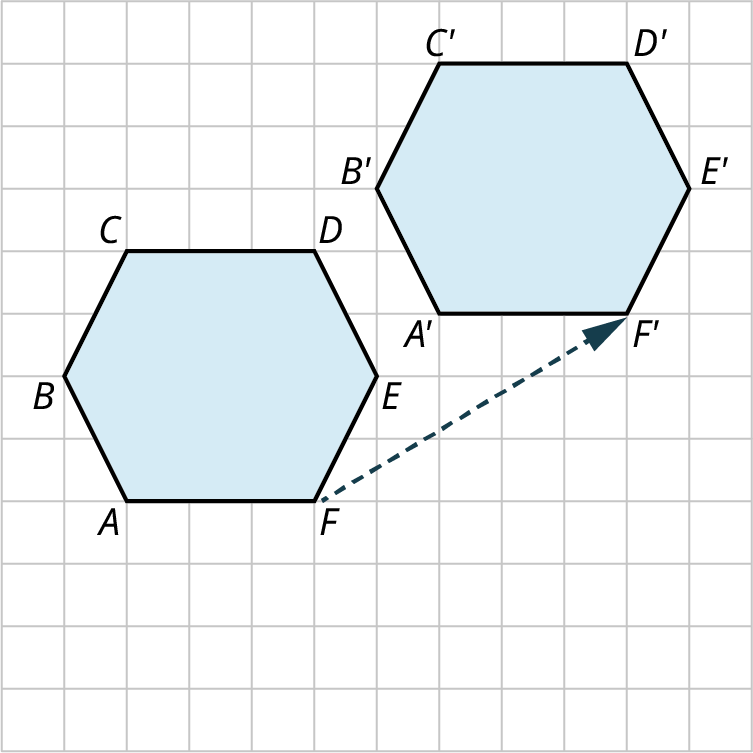
Rotation
The rotation transformation occurs when you rotate a shape about a point and at a predetermined angle. In Figure 10.108, the triangle is rotated around the rotation point by
We can see that
Example 10.35
Applying a Rotation
Figure 10.109 illustrates a tessellation begun with an equilateral triangle. Explain how this pattern is produced.
- Answer
A rotation to the right or to the left around the vertex by
60 ∘ , 60 ∘ ,
Your Turn 10.35

Reflection
A reflection is the third transformation. A shape is reflected about a line and the new shape becomes a mirror image. You can reflect the shape vertically, horizontally, or on the diagonal. There are two shapes in Figure 10.111. The quadrilateral is reflected horizontally; the arrow shape is reflected vertically.
Glide Reflection
The glide reflection is the fourth transformation. It is a combination of a reflection and a translation. This can occur by first reflecting the shape and then gliding or translating it to its new location, or by translating first and then reflecting. The example in Figure 10.112 shows a trapezoid, which is reflected over the dashed line, so it appears upside down. Then, we shifted the shape horizontally by 6 units to the right. Whether we use the glide first or the reflection first, the end result is the same in most cases. However, the tessellation shown in the next example can only be achieved by a reflection first and then a translation.
Example 10.36
Applying the Glide Reflection
An obtuse triangle is reflected about the dashed line, and the two shapes are joined together. How does the tessellation shown in Figure 10.113 materialize?
- Answer
The new shape is reflected horizontally and joined with the original shape. It is then translated vertically and horizontally to make up the tessellation. Notice the blank spaces next to the vertical pattern. These areas are made up of the exact original shape rotated
180 ∘ , 180 ∘ ,
Your Turn 10.36

Example 10.37
Applying More Than One Tessellation
Show how this tessellation (Figure 10.115) can be achieved.
- Answer
This is a tessellation that has one color on the front of the trapezoid and a different color on the back. There is a translation on the diagonal, and a reflection vertically. These are two separate transformations resulting in two new placements of the trapezoid. We can call this a combination of two transformations or a glide reflection.
Your Turn 10.37
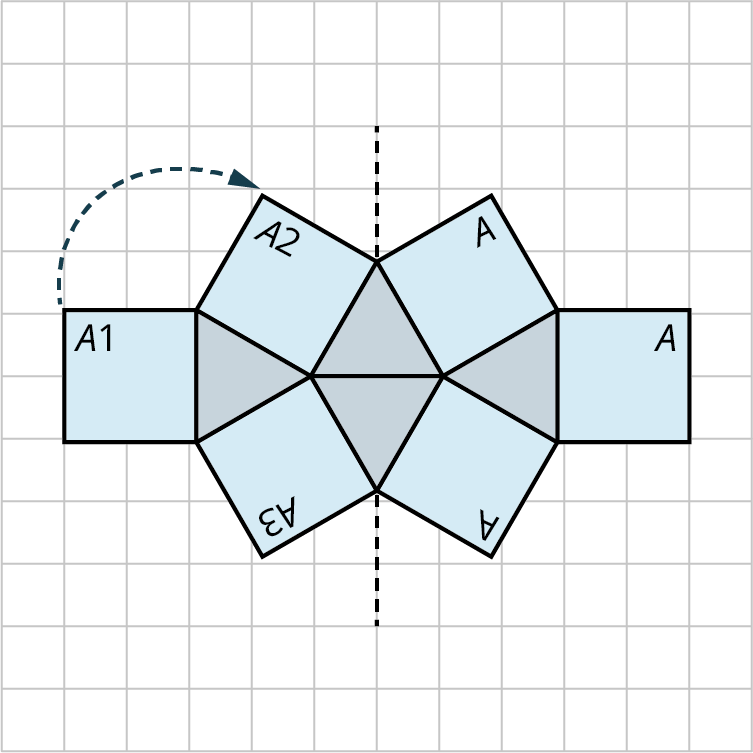
Interior Angles
The sum of the interior angles of a tessellation is
In Figure 10.118, the tessellation is made up of trapezoids, such that two of the interior angles of each trapezoid equals
These tessellations illustrate the property that the shapes meet at a vertex where the interior angles sum to
Tessellating Shapes
We might think that all regular polygons will tessellate the plane by themselves. We have seen that squares do and hexagons do. The pattern of squares in Figure 10.119 is a translation of the shape horizontally and vertically. The hexagonal pattern in Figure 10.120, is translated horizontally, and then on the diagonal, either to the right or to the left. This particular pattern can also be formed by rotations. Both tessellations are made up of congruent shapes and each shape fits in perfectly as the pattern repeats.
We have also seen that equilateral triangles will tessellate the plane without gaps or overlaps, as shown in Figure 10.121. The pattern is made by a reflection and a translation. The darker side is the face of the triangle and the lighter side is the back of the triangle, shown by the reflection. Each triangle is reflected and then translated on the diagonal.
Escher experimented with all regular polygons and found that only the ones mentioned, the equilateral triangle, the square, and the hexagon, will tessellate the plane by themselves. Let’s try a few other regular polygons to observe what Escher found.
Example 10.38
Tessellating the Plane
Do regular pentagons tessellate the plane by themselves (Figure 10.122)?
- Answer
We can see that regular pentagons do not tessellate the plane by themselves. There is a gap, a gap in the shape of a parallelogram. We conclude that regular pentagons will not tessellate the plane by themselves.
Your Turn 10.38
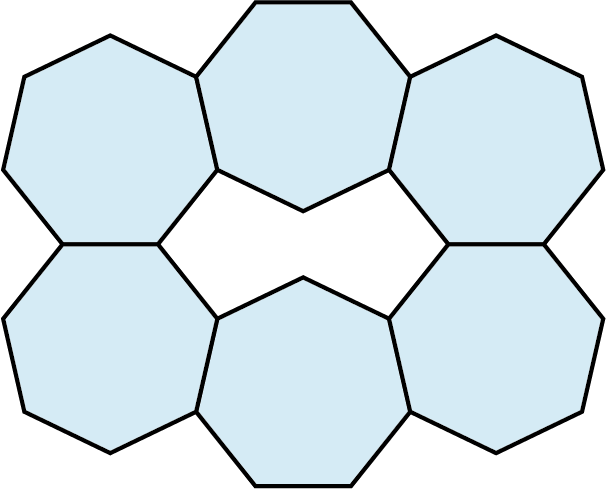
Example 10.39
Tessellating Octagons
Do regular octagons tessellate the plane by themselves (Figure 10.124)?
- Answer
Again, we see that regular octagons do not tessellate the plane by themselves. The gaps, however, are squares. So, two regular polygons, an octagon and a square, do tessellate the plane.
Your Turn 10.39
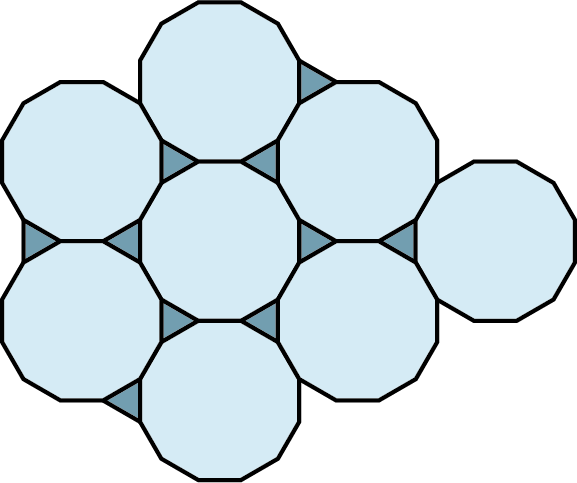
Just because regular pentagons do not tessellate the plane by themselves does not mean that there are no pentagons that tessellate the plane, as we see in Figure 10.126.
Another example of an irregular polygon that tessellates the plane is by using the obtuse irregular triangle from a previous example. What transformations should be performed to produce the tessellation shown in Figure 10.127?
First, the triangle is reflected over the tip at point
Naming
A tessellation of squares is named by choosing a vertex and then counting the number of sides of each shape touching the vertex. Each square in the tessellation shown in Figure 10.128 has four sides, so starting with square
The hexagon tessellation, shown in Figure 10.129 has six sides to the shape and three hexagons meet at the vertex. Thus, we would name this a 6.6.6. The triangle tessellation, shown in Figure 10.130 has six triangles meeting the vertex. Each triangle has three sides. Thus, we name this a 3.3.3.3.3.3.
Example 10.40
Creating Your Own Tessellation
Create a tessellation using two colors and two shapes.
- Answer
We used a parallelogram and an isosceles triangle. The parallelogram is reflected vertically and horizontally so that only every other corner touches. The triangles are reflected vertically and horizontally and then translated over the parallelogram. The result is alternating vertical columns of parallelograms and then triangles (Figure 10.131).
Figure 10.131
Your Turn 10.40
Check Your Understanding
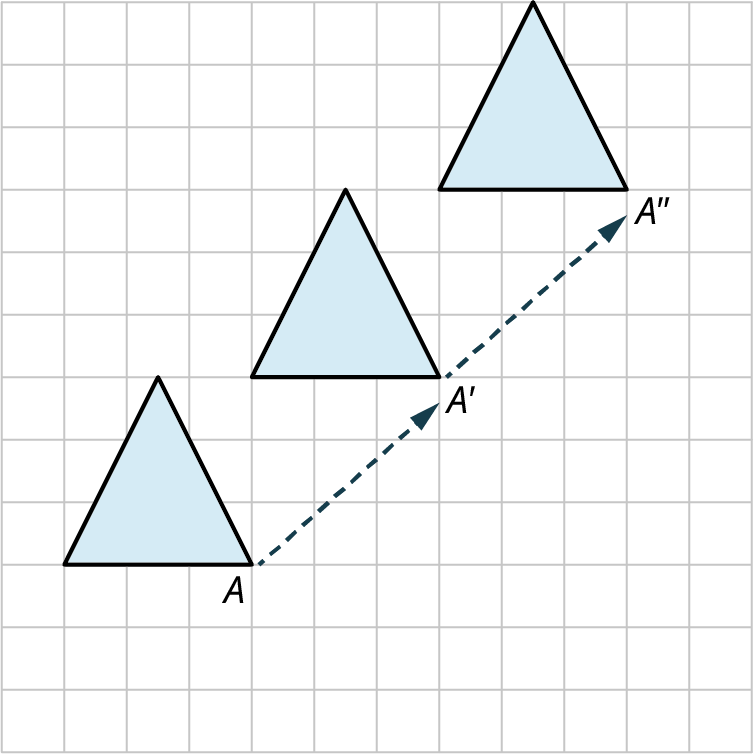

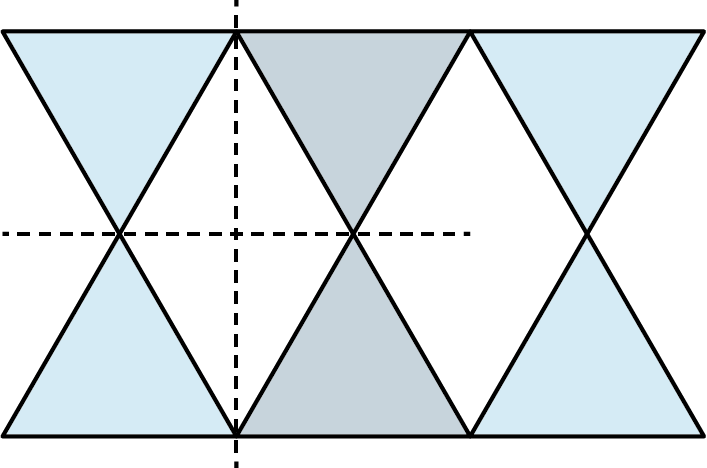
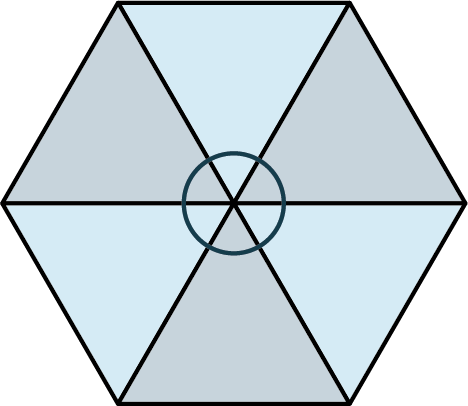
Section 10.5 Exercises
